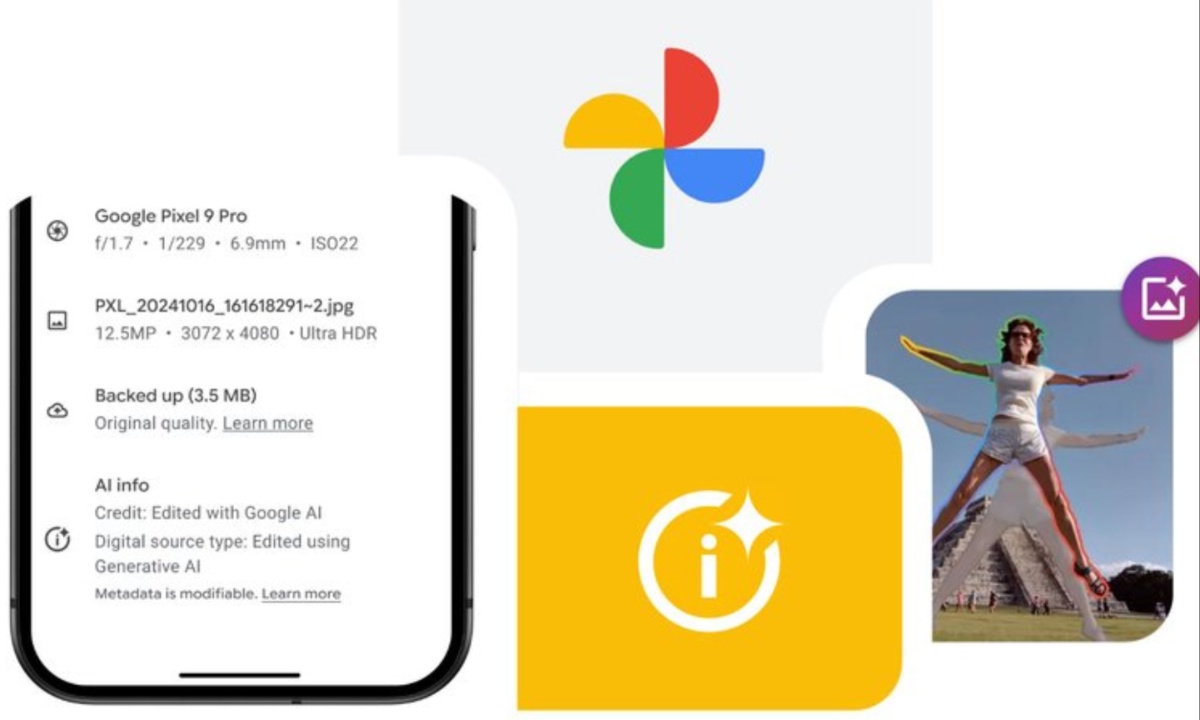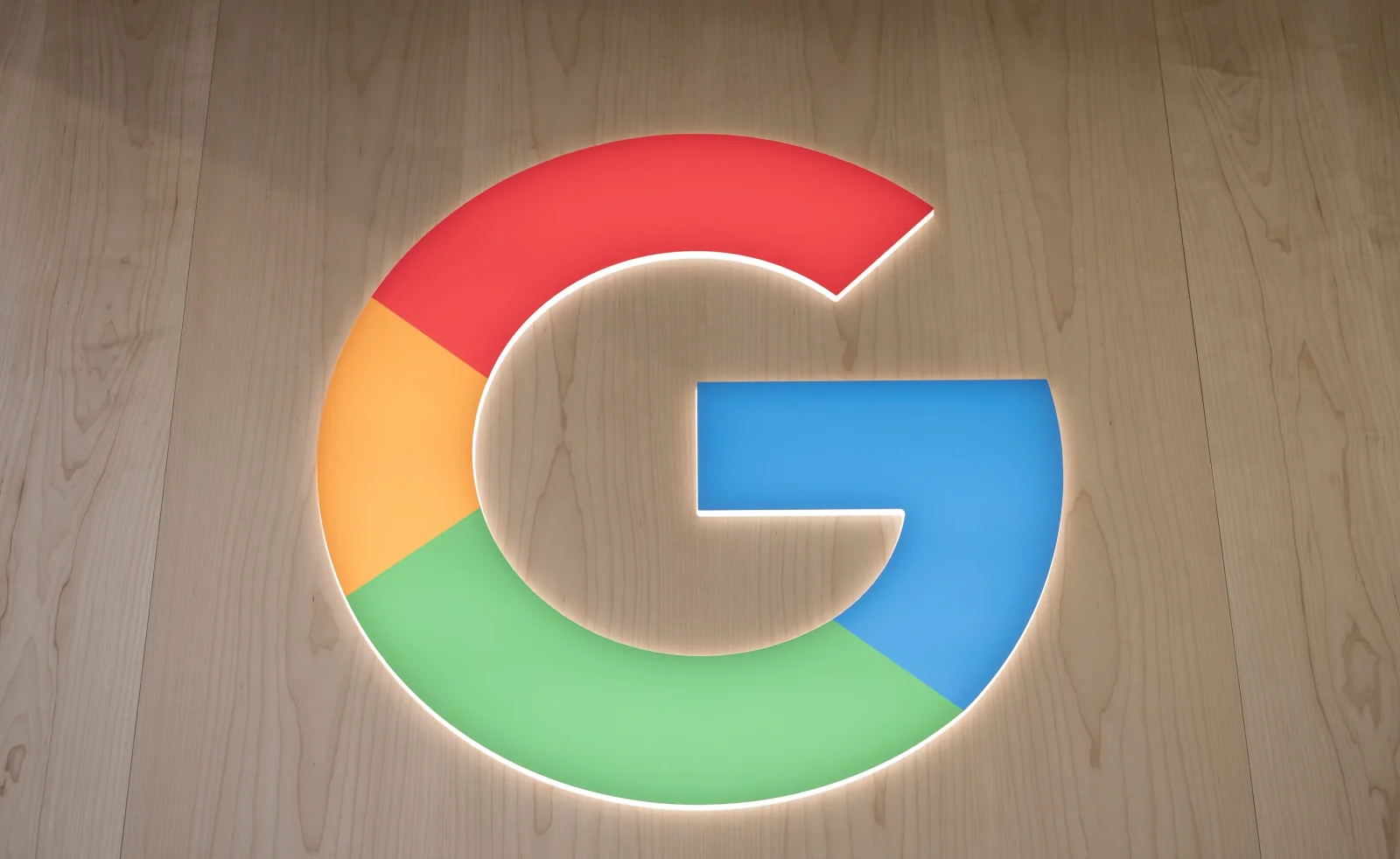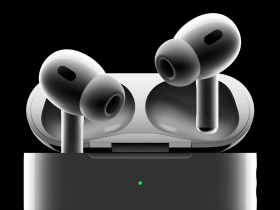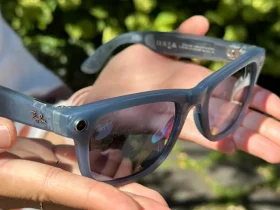Next week, Google Photos will introduce a new feature aimed at enhancing user awareness regarding the editing of images using AI tools, including Magic Editor, Magic Eraser, and Zoom Enhance. Users will see a notification in the “Details” section of the app that states when a photo has been “Edited with Google AI.” This initiative is part of Google’s effort to provide more transparency about AI edits, helping users understand the extent of modifications made to their images.
However, this disclosure may not be immediately obvious to many users. Google has opted not to include visible watermarks directly on the images, which means that those viewing photos edited by AI on social media or in their personal galleries might remain unaware of the edits. This lack of clear visual indicators raises questions about the effectiveness of the new disclosure in addressing concerns about the authenticity of AI-edited content.

The announcement follows the recent release of Google’s Pixel 9 smartphones, which feature these AI editing capabilities. The decision to implement disclosures appears to be a direct response to public criticism regarding the absence of identifiable markers for AI-modified images. By adding this feature, Google is acknowledging the need for clearer communication about how images have been altered, although the current approach may not fully satisfy user demands for transparency.
In addition to the AI editing disclosures, Google Photos will now include metadata indicators for other editing features, such as Best Take and Add Me, but these will not be visible in the Details tab. These updates aim to clarify the editing process for images that combine multiple photos into a single, polished result. Nevertheless, without noticeable markers, users may still feel confused or misled about the nature of the images they encounter.
While Google is considering improvements to its disclosure practices, including the potential introduction of visual watermarks, the company acknowledges that relying solely on metadata is insufficient.
The increasing prevalence of AI editing tools raises important questions about how users can differentiate between authentic and altered images in their online experiences. Google has plans to label AI-generated content in its search results later this year, but the impact of such measures will largely depend on how swiftly other platforms implement similar transparency features.







Leave a Reply